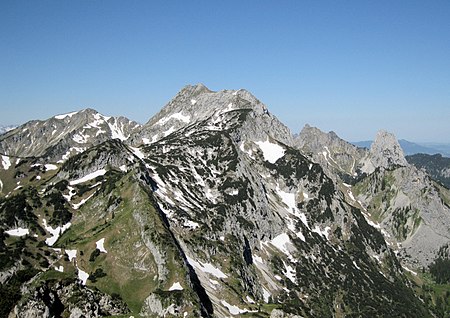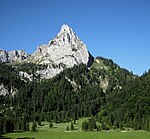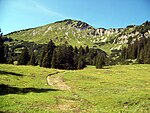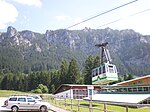Hochplatte

Hochplatte is a mountain of Bavaria, Germany. Standing at an elevation of 2082 meters, is a mountain within the Ammergau Alps and holds the distinction of being the highest point in the Ostallgäu district. The mountain is also referred to as the Ammergauer Hochplatte to differentiate it from other mountains sharing the same name in the Northern Limestone Alps. It is a striking rocky plateau composed of Wetterstein limestone, rising prominently, towering above its surroundings. The mountain features two peaks situated approximately 200 meters apart. The eastern summit, is slightly lower at 2079 meters, adorned with a summit cross. Renowned for its panoramic vistas and exposed location, the Hochplatte serves as a favored destination for hiking and ski touring enthusiasts.
Excerpt from the Wikipedia article Hochplatte (License: CC BY-SA 3.0, Authors, Images).Hochplatte
215,
Geographical coordinates (GPS) Address Nearby Places Show on map
Geographical coordinates (GPS)
| Latitude | Longitude |
|---|---|
| N 47.553055555556 ° | E 10.843333333333 ° |
Address
Hochplatte Ostgipfel
215
87642
Bavaria, Germany
Open on Google Maps










